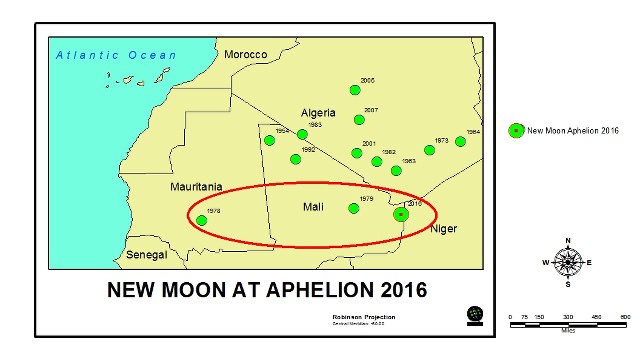Alyono wrote:Andrew92 wrote:Don't overlook 1959 though. That season was like 1983 in several ways, but in a more favorable period for storms to form in the Atlantic. If the active period is still going on, I might compare 2016 to 1959 if the setup is similar.
La Nina was stronger at the equator in 1959 than 1983, but there were healthy warm anomalies where most EPAC hurricanes form. Like 1983, the MDR was all but shut down in 1959, with only Edith (which dissipated quickly) and Flora (which re-curved quickly) form south of 20 degrees that year.
Furthermore, both season had two hurricanes apiece in the Gulf, and the United States had a major hurricane hit the coast somewhere in both years: Gracie hit South Carolina in 1959 and Alicia hit Texas in 1983. As a bonus, there was even a major October EPAC hurricane that slammed into Mexico in both 1959 and 1983.
The only key difference between those two years, other than numbers and overall activity, is that 1959 was in an active Atlantic period and 1983 was in an inactive one. As such, there were more storms in 1959, but little overall quality. If you think there were 7 hurricanes that year looking at HURDAT, I will call to attention that two may be on the verge of being downgraded, and a third may have only been a hurricane for a few hours. Not too much more active than 1983 from that standpoint, really.
-Andrew92
not sure about a 1959 as some of those systems formed from waves and not nontropical systems, like what formed in 1983. Is it possible that the warm anomalies were slightly less in 1959 compared to 1983? I am asking as some of the waves seemed to survive into the Gulf where development occurred, whereas they were destroyed entirely in 1983
I don't think the warm anomalies were less in 1959 versus 1983, but it was further west, namely a large pool south and southwest of Baja, and I think some very weak warm anomalies getting closer to the coast. 1983's warm anomalies, as I recall, were right off Central America.
My source for this paragraph is by and large Wikipedia, so take what I am saying here with a grain of salt, as I just don't have time to go further with Thanksgiving today and all. Obviously, Edith and Flora were from tropical waves, and Gracie isn't a surprise either, nor is Judith. What did surprise me was that Arlene was fully from a wave, and even Debra was somewhat caused by a tropical wave. I would have guessed, without researching, that Debra was fully of frontal nature like Alicia (it appears to have been partially frontal, though). Probably the biggest surprise was the June unnamed storm (one of the two maybe on the way down to a tropical storm, perhaps becoming extratropical before gaining hurricane-force winds). I would have said that was likely fully frontal also, especially given the path, but it looks like it was a tropical wave after all.
Also, Wikipedia says Barry came from a tropical disturbance in 1983. But again, give me time to go further and actually read NHC and AOML reports to truly verify these, maybe over the weekend sometime.
Still, these waves clearly struggled in the MDR and Caribbean in 1959, and couldn't really get going until they got either into the EPAC or a little further north. I wouldn't rule out a scenario like 1959 at all next year.
-Andrew92








